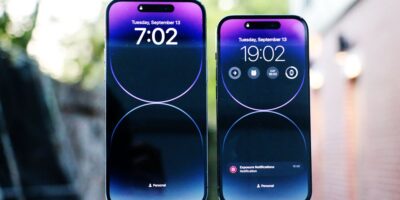
Animation is not just a form of entertainment for children. It is a powerful medium that can convey complex messages, emotions, and stories in an appealing and memorable way. Animation can also be used for marketing purposes, as it can attract attention, increase brand awareness, and persuade customers to take action.
The role of animation in marketing is to create a unique and distinctive identity for a brand, product, or service. Animation can help marketers to communicate their value proposition, differentiate themselves from competitors, and showcase their benefits and features. Animation can also appeal to different segments of the market, as it can be tailored to suit different preferences, cultures, and demographics.
One of the advantages of animation is that it can create a strong emotional connection with the audience. Animation can evoke feelings of nostalgia, joy, curiosity, or excitement, depending on the style, tone, and story. Animation can also trigger positive associations with the brand, as it can reflect its personality, values, and vision. For example, Pixar uses animation to create stories that are heartfelt, humorous, and inspiring, while Nike uses animation to create ads that are dynamic, motivational, and empowering.
Another benefit of animation is that it can simplify complex or abstract concepts and make them easier to understand. Animation can use visual metaphors, symbols, and analogies to explain ideas that are otherwise difficult to convey with words or images. Animation can also use humor, exaggeration, or fantasy to make the message more engaging and entertaining. For example, Google uses animation to illustrate how its products and services work, while Chipotle uses animation to educate consumers about its sustainable farming practices.
The role of animation in entertainment is to create immersive and captivating experiences for the audience. Animation can transport viewers to different worlds, times, and realities, and allow them to explore different perspectives, cultures, and themes. Animation can also challenge the boundaries of imagination and creativity, and inspire viewers to think differently and critically.
One of the reasons why animation is popular in entertainment is that it can appeal to a wide range of audiences, from children to adults. Animation can cater to different tastes, genres, and moods, as it can be realistic or stylized, dramatic or comedic, action-packed or relaxing. Animation can also transcend language barriers and cultural differences, as it can rely on visual cues and universal emotions to communicate the message. For example, Studio Ghibli uses animation to create films that are beautiful, whimsical, and meaningful, while Netflix uses animation to produce shows that are diverse, original, and innovative.
Animation is a versatile tool that can be used for both entertainment and marketing purposes. It can create memorable stories, characters, and messages that resonate with the audience. It can also enhance the visual appeal, emotional impact, and clarity of the communication. Animation is playing an important role in the modern world scenario as it transforms the way we consume information, entertainment.


